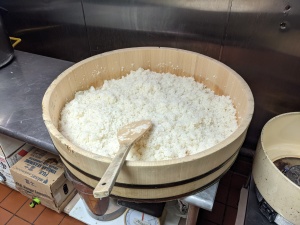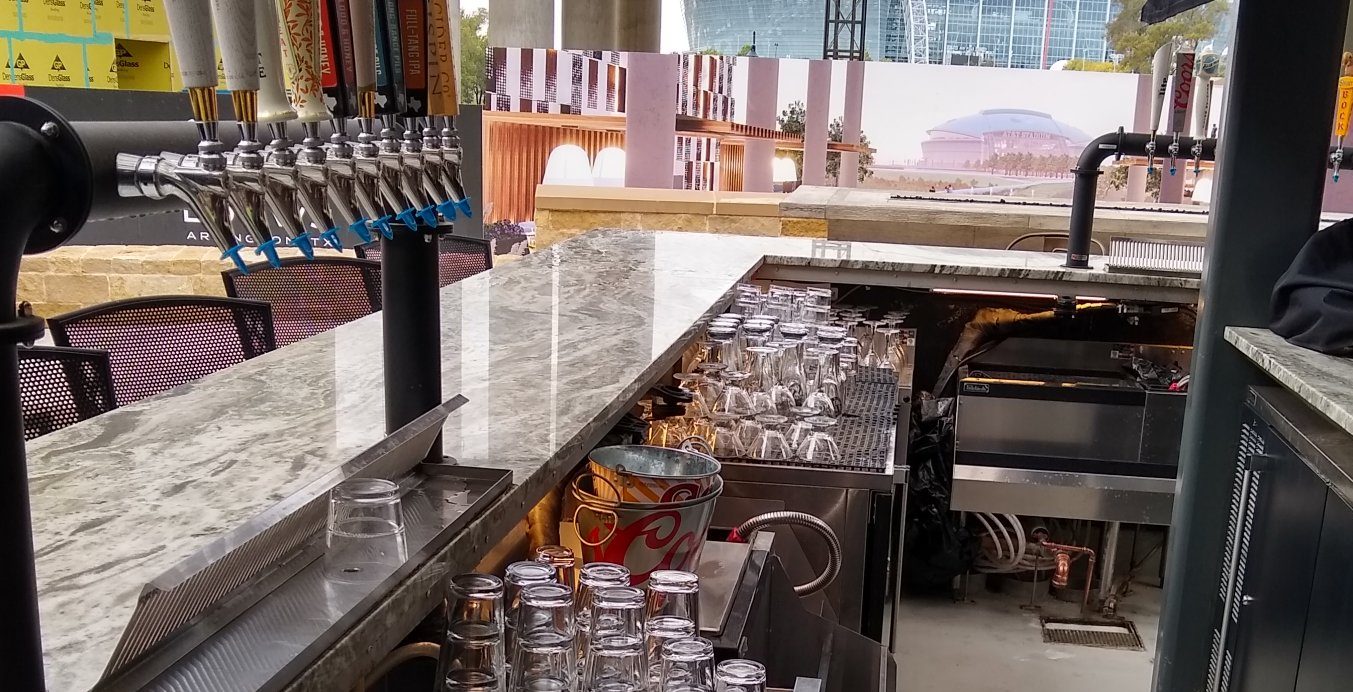Sushi restaurants are exploding in popularity, and for good reason–sushi is fresh, healthy, and delicious.
When done right.
Sushi done wrong (from a food safety perspective) is a whole different story.
The staff at TexasPHS has been fielding questions from regulators and restaurateurs seeking guidance on the proper regulations regarding sushi.
Here are the 5 primary risk factors an establishment serving sushi must consider:
- Time as a Public Health Control vs. Specialized Process Variance Approval

- Restaurants must acidify rice prior to preparing sushi. This acidification process (and what the restaurant does with the rice afterwards) creates multiple potential health hazards. A restaurant can utilize Time as a Public Health Control and discard the acidified rice after 4 hours, or the restaurant can apply for variance approval from a local health authority to render the acidified rice non-TCS. Both of these options require effort and skill to implement properly. Contact TexasPHS at texasphs@gmail.com or at 469-325-3830 for assistance.
- Parasite Destruction
- Except for raw molluscan shellfish, certain species of large tuna, certain aqua-cultured fish, and fish eggs that have been removed from the skein and rinsed, if fish are intended for raw or undercooked consumption (like in sushi), they must be properly frozen before they are served. If this process is done off-premises, purchase specifications ensuring that proper freezing techniques are used to destroy parasites must be provided. Labeling or other information should accompany the product to advise as to whether the product was frozen properly. This is necessary because fish from natural bodies of water may carry parasitic worms that can infect and injure consumers who eat such raw fish dishes as sushi and ceviche. The worms are often deeply embedded inside fish muscle. Thorough freezing kills these worms if the fish are subjected to a low enough temperature for a long enough time.
- Food from Unsafe Sources
- Where exactly is the restaurant obtaining the fish used in sushi? Proper documentation and invoice history is vital to ensuring a safe food supply. Believe it or not, TexasPHS has caught restaurants using non-commercially sourced fish and also lying about the actual fish being used.
- Consumer Advisory
- In consumer self-service operations, such as sushi bars or display cases, a consumer advisory must be posted or available at the self-service unit where the sushi is held for service and readily accessible to consumers prior to making their food selection. I’m sure you’ve seen this verbiage before: Consuming raw or undercooked meats, poultry, seafood, shellfish, or eggs may increase your risk of foodborne illness, especially if you have certain medical conditions.
- Bare Hand Contact with Ready-to-Eat Food
- Is the sushi chef wearing gloves when preparing your sushi? If not, this is a problem that cannot go overlooked. Bare hand contact is not allowed with ready-to-eat foods such as sushi except under very limited and specific circumstances where the food establishment obtains prior approval from a local health authority.



Dang. I just saw my sushi chef roll my sushi with his bare hands. Gross! 👎
LikeLike
Next time, politely inform the manager of this transgression. Restaurants typically want to do everything in their power to serve safe, delicious food in a friendly and lively environment.
LikeLike